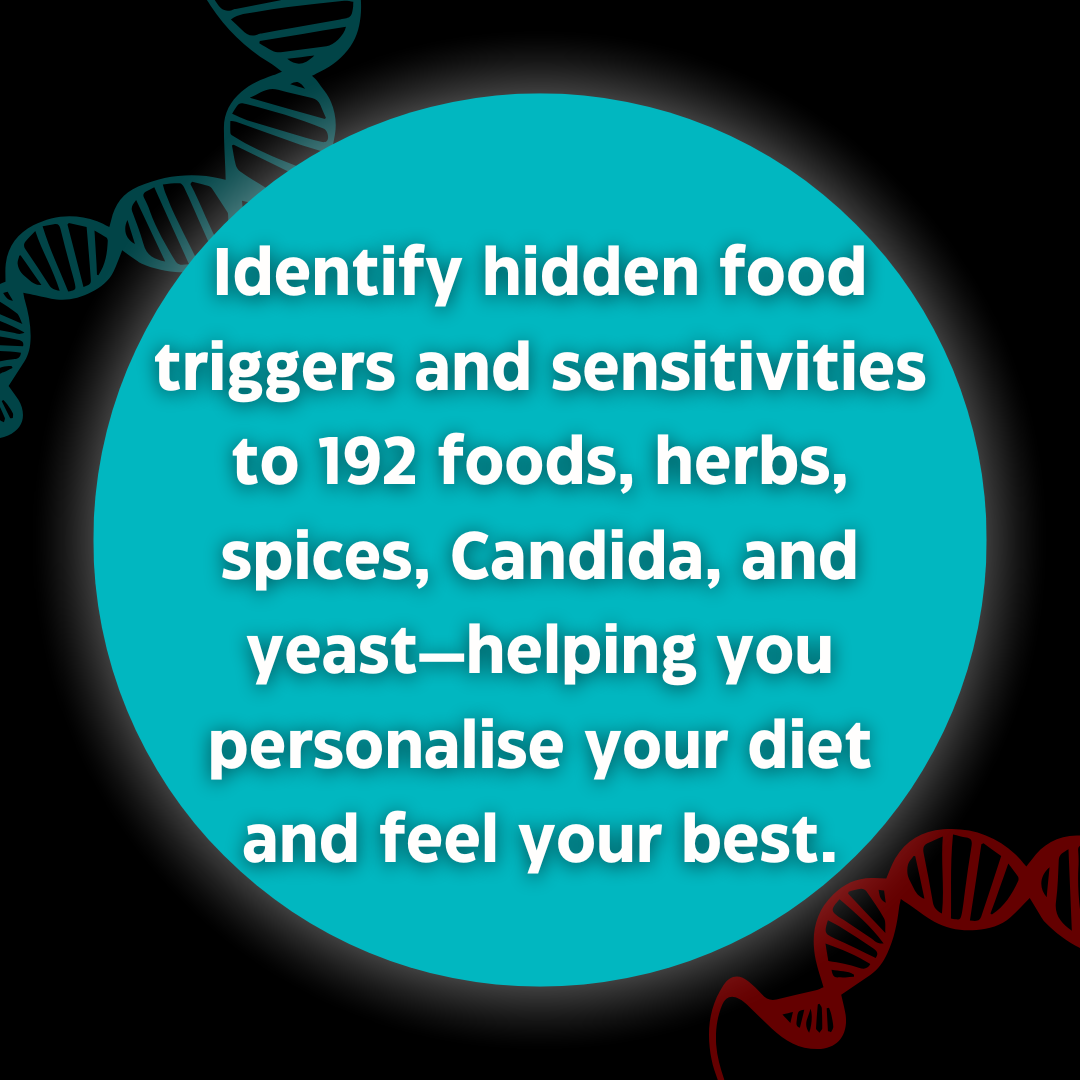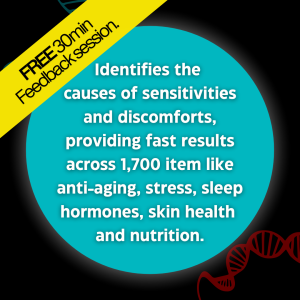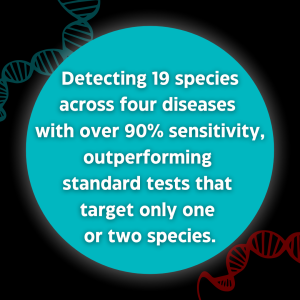Description
What Patients Might Benefit from IgG Food Map?
There are a number of symptoms and conditions associated with IgG food sensitivities. Elimination/Rotation diets driven by serum or blood-spot analysis prove impactful in relieving symptoms.
ADHD, Asthma, Autism, Autoimmune Disease, Behavioral Problems, Celiac Disease, Crohn’s Disease, Depression, GI Upset – Gas, Bloating, Diarrhea, Headaches / Migraines, IBD, Irritable Bowel Syndrome, Skin Rash, Itching, Eczema, Ulcerative Colitis, Weight gain / Obesity.
Why Test IgG Antibodies?
IgG Food Sensitivity testing is a simple and effect way to identify foods that can trigger an inflammatory response. The provided personalized rotation/elimination diet provides an easier and more convenient approach versus removal of all common foods known to cause allergies/sensitivities, which is often time-consuming and laborious.
Addressing identified food sensitivities can be impactful as they often contribute to chronic health issues. Identifying these sensitivities can be crucial to healing the body and relieving unexplained signs and symptoms.
Why does Biometrix Labs IgG Food Map test for reactions to Candida?
Elevations in IgG antibodies to candida can signal candida overgrowth in the GI tract. Candida overgrowth in the gut can lead to increased intestinal permeability (also referred to as leaky gut), which may allow larger food molecules to pass through the gut lining and trigger an IgG-mediated immune response. Dysbiosis of the gut including candida overgrowth has been associated with the development of leaky gut and in turn, development of leaky gut has been associated clinically with the development of food sensitivities.
Candida overgrowth can cause a wide range of digestive symptoms including bloating, gas, constipation, diarrhea, and abdominal pain. Additional symptoms associated with candida overgrowth include fatigue and weakness, skin and nail infections, oral thrush, brain fog and mood changes, and food cravings.
Addressing candida overgrowth will aid in healing the gut and decreasing food sensitivities. Depending on the levels of candida and the severity of a patient’s symptoms, further testing may be recommended, including Comprehensive Stool Test and/or Organic Acids Test.
What is the difference between food allergy vs. food sensitivity?
While the terms food allergy and food sensitivity are often used interchangeably to describe adverse reactions to food, they are not the same thing.
Food allergies refer to an immune-mediated process that involves the production of IgE antibodies in response to a particular antigen. IgE mediated reactions are immediate (immediate hypersensitivity or Type 1 hypersensitivity reactions) and can result in a range of symptoms from more mild (e.g., hives, itching, digestive upset) to more significant (e.g., swelling of mucous membranes of the oral mucosa) to severe (life-threatening anaphylaxis).
Food sensitivities refer to a range of symptoms triggered by certain foods that generally tend to be less severe – and not life threatening – and include common complaints such as headaches, digestive upset, skin rashes, and fatigue. One proposed mechanism for the development of food sensitivities relates to the formation of IgG antibodies in response to certain foods which may be assessed on laboratory profiles.
Finally, the term food intolerance has also been used clinically to describe the body’s difficulty digesting or metabolizing a particular food component that results in symptoms such as nausea, bloating, gas, or even diarrhea. Classic examples of a food intolerances include lactose intolerance (due to a lactase enzyme deficiency), fructose intolerance (due to difficulty absorbing fructose) and reactions to certain food chemicals, additives, or preservatives such as histamines or sulfites.





